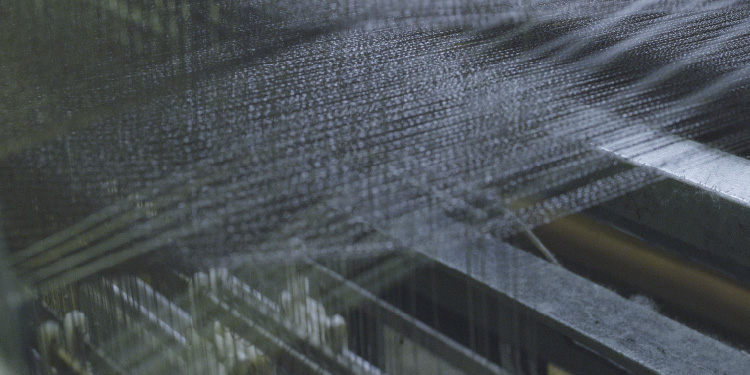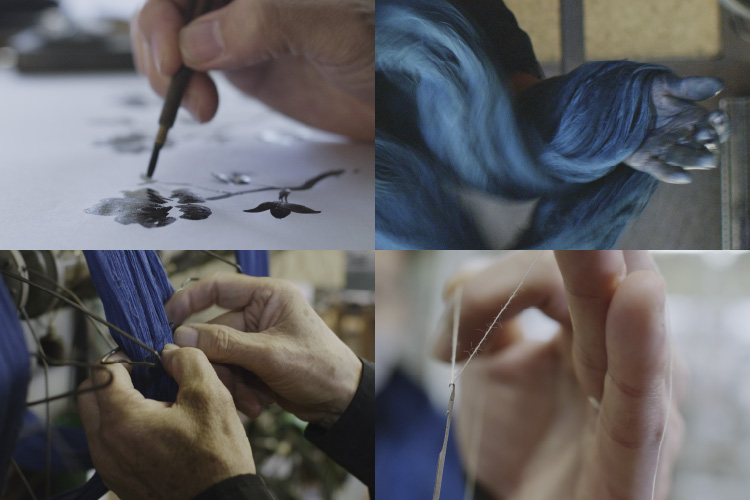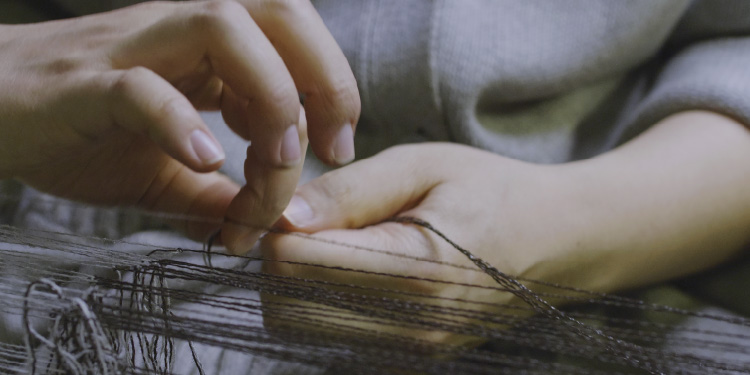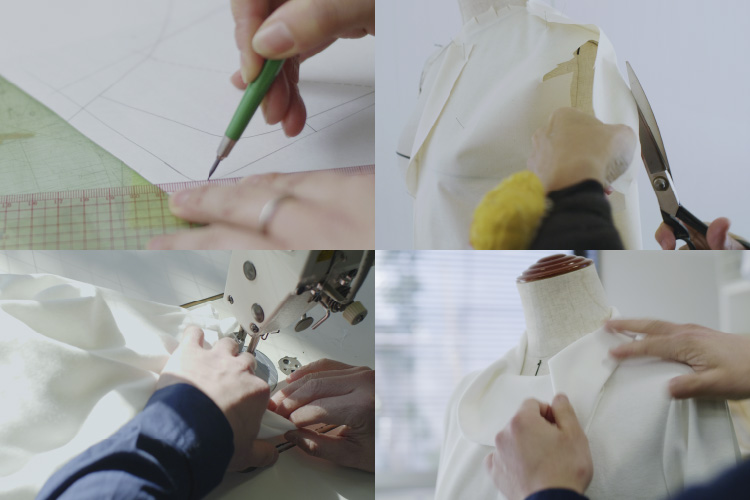

Think for a moment about the process of making clothing. As with everything else in this world, it is made possible by many hands participating in the process like a relay race. Regrettably, the production that takes place in the background often remains hidden.
These days it also seems that there has been a sharp increase in people thinking they know things without actually knowing them. We've become habituated to looking up everything and anything on our smartphone and getting immediate answers to questions. In the old days there were a lot of things that people did not know, and learning the answers prompted great feelings of joy. Now our thirst for knowledge is quenched in an instant. But what we have is only the feeling of knowing things. If you never eat a banana in your entire life, you will not know what a banana tastes like.


Taking a counterpunch from Mother Nature in the form of the pandemic has caused us to step back and look around with a cooler head. We need to ask ourselves again, “Where does everything start?" This reframing applies to our families and our work, and the clothing, food and shelter that sustain them. During this time when we all are standing shoulder to shoulder with the specter of sudden death, our eyes turn to the things close by. This has brought sharpened focus to our vague sense of the time we have alive.
So let us look more carefully, more closely and more deeply at the relay involved in the process of making things. This is the destination we need to be heading in. With higher resolution, we will set off for places we haven't traveled to before because they were all too close. This is a trip from not knowing to knowing well.


To make clothing, first you need cloth. If you don't have cloth, the clothing will not come to life. The concept and the design start from the cloth. But the people who make the cloth are usually hidden behind the clothing. Unlike the auteurs of hand-woven creations, most cloth is made by machine. We don't sing the praises, and almost never even hear the names, of the people who work in these factories. But if we go out onto the factory floors, we will find people marshalling their resourcefulness again and again to create quality items. The machines work as an extension of their hands. Talking with them, the spirit and the joy of making things comes through.
What's more, if there weren't people working in garment factories, clothing would not exist. The process of cutting the cloth and sewing the many parts together are all handiwork. The sewing machine and iron are merely tools. Garment manufacturing is not a matter of repeating the same task. Every piece of cloth has peculiarities and ways it must be handled to create the finished product. How much ingenuity and resourcefulness lie behind the underappreciated work of sewing together cloth in straight, clean lines? The name of the sewers may not be remembered, but this important work sustains daily life.


And then there is our matohu staff. They make patterns and baste garments over and over, diligently bringing the articles of clothing to their finished state. Even if a computer reads the paper patterns and a plotter cuts them, these are still extensions of their hands. Laying out the patterns on cloth without waste and sending them to the factory, and sending out inspected clothing to be sold to customers, are also made possible by hands and hearts.
Think for a moment about clothing. If you trace the relay of many hands, you can see back to the work of people no longer in this world. Dyeing and weaving, sewing technology and machines did not just suddenly appear out of nowhere. Just as all life is connected in a chain, experience and tools have also traveled a long journey. These vibrant intersections can always be found on the palm of the hand.
職種:店舗販売 / 営業 / 生産管理 / パタンナー / デザイナー
正社員登用、給与は経験により相談。月20万円以上。
年齢性別不問。
厚生年金、健康保険、雇用保険等完備。交通費支給、賞与。
ご希望の方は、メールにて履歴書と職務経歴書をお送り下さい。
通過者のみ面接の返信をいたします。なお募集の職種は時期によって異なる場合があるのでお問い合わせください。
*学生のインターンは随時可能ですので、希望者は面接いたします。
送信先メールアドレス:matohu@lewsten.com
◇ matohuの理念
「日本の美意識が通底する新しい服の創造」をコンセプトに文化や歴史を大切にしながら、現代人の心に響く魅力ある「デザイン」を生み出すこと。それを深い「言葉」で表現し、共感者の輪を拡げて行く「場」を作って行くこと。
この3つを通して、多様で心豊かな世界をともに作り上げることがmatohuのプロジェクトであり、理念です。
◇ 仕事のやりがいと人間的成長
まかされた仕事を自分の創意で工夫していける環境です。1Fはショップ、2Fはアトリエになっており、デザイナーと直接話しながらアイデアを実現していけます。また文化、歴史など幅広い知識を学ぶ機会も多く大人の教養と礼儀が身につき、人間的にも成長できます。
人の心に彩りを添えるデザインを生活のなかに!を合い言葉にこれから世界に向けて発信するmatohuのスタッフを募集します。